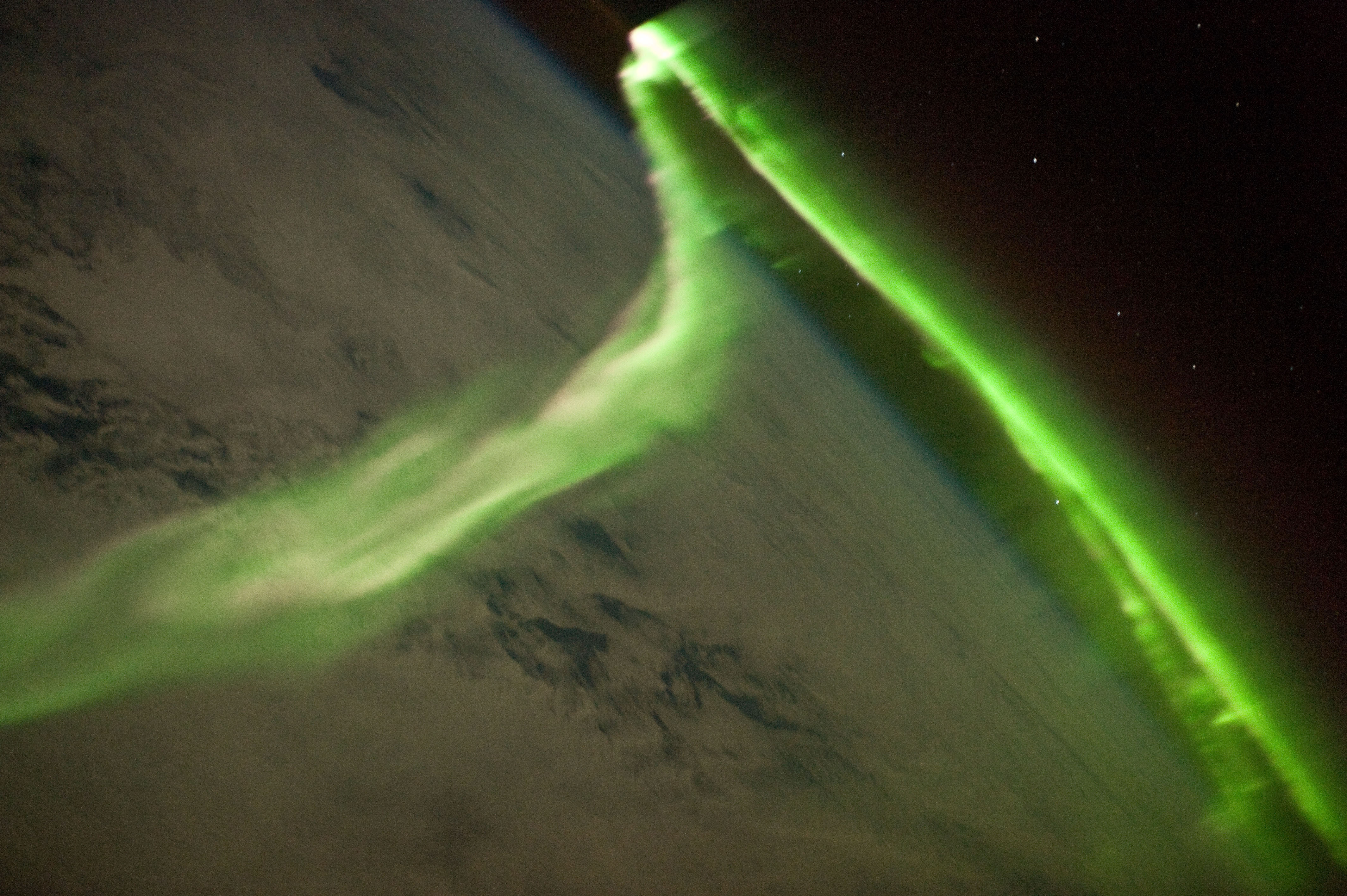 The ionosphere represents an electrically conductive layer that start at heights above ~80 km. The ionosphere is formed by partially ionized air (plasma) that surrounds the Earth and constitutes an interface between the neutral upper atmosphere and space plasma. The ionosphere influences the propagation and attenuation of electromagnetic waves. Therefore, knowledge of the state of the ionosphere and occurrence of perturbations therein is important for many technical applications such as radio communications and global navigation satellite systems (GNSS). Moreover, fluctuations of ionospheric currents associated with geomagnetic activity might lead to formation of geomagnetically induced currents in the Earth’ surface that might by hazardous for electric power transmission (overheating of high-voltage power transformers) or cause increased corrosion of pipelines. The ionosphere is influenced by processes occurring in the neutral upper atmosphere, magnetosphere and on the sun as the solar EUV and X ray fluxes are the main sources of the ionization. Because of complicated coupling of the ionosphere with layers below and above, the day-to day variability of the ionosphere is still not well understood. Many perturbations such as sudden ionospheric disturbances, traveling ionospheric disturbances caused eith er by atmospheric waves or by auroral heating during geomagnetic activity, sporadic E layer, spread F, various plasma instabilities etc. occur in the ionosphere.
The ionosphere represents an electrically conductive layer that start at heights above ~80 km. The ionosphere is formed by partially ionized air (plasma) that surrounds the Earth and constitutes an interface between the neutral upper atmosphere and space plasma. The ionosphere influences the propagation and attenuation of electromagnetic waves. Therefore, knowledge of the state of the ionosphere and occurrence of perturbations therein is important for many technical applications such as radio communications and global navigation satellite systems (GNSS). Moreover, fluctuations of ionospheric currents associated with geomagnetic activity might lead to formation of geomagnetically induced currents in the Earth’ surface that might by hazardous for electric power transmission (overheating of high-voltage power transformers) or cause increased corrosion of pipelines. The ionosphere is influenced by processes occurring in the neutral upper atmosphere, magnetosphere and on the sun as the solar EUV and X ray fluxes are the main sources of the ionization. Because of complicated coupling of the ionosphere with layers below and above, the day-to day variability of the ionosphere is still not well understood. Many perturbations such as sudden ionospheric disturbances, traveling ionospheric disturbances caused eith er by atmospheric waves or by auroral heating during geomagnetic activity, sporadic E layer, spread F, various plasma instabilities etc. occur in the ionosphere.
Our research of the ionosphere concerns mainly the following points:
- Forcing of the ionosphere by atmospheric waves from below (internal gravity waves, infrasound, planetary waves,…)
- Forcing of the ionosphere by Space weather from above (geomagnetic storms and substorms, solar flares,…)
- Irregularities in the ionosphere (sporadic E layer, spread F,…)
- Contribution to the development of the model International Reference Ionosphere (IRI)
- Investigation of Ionospheric drifs
